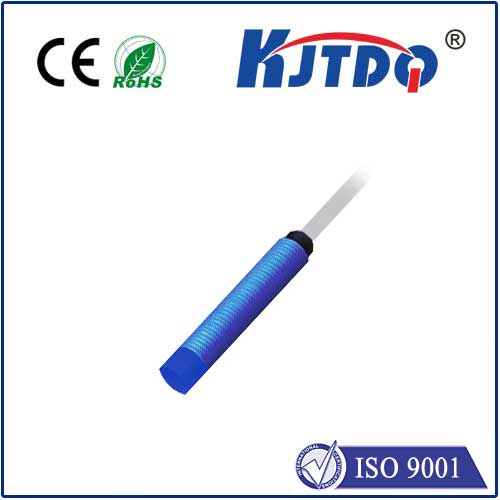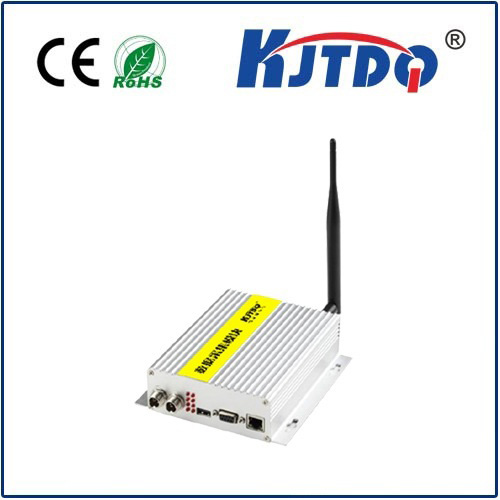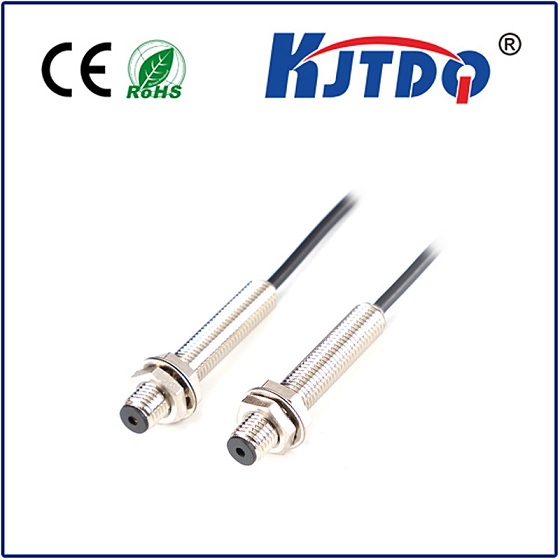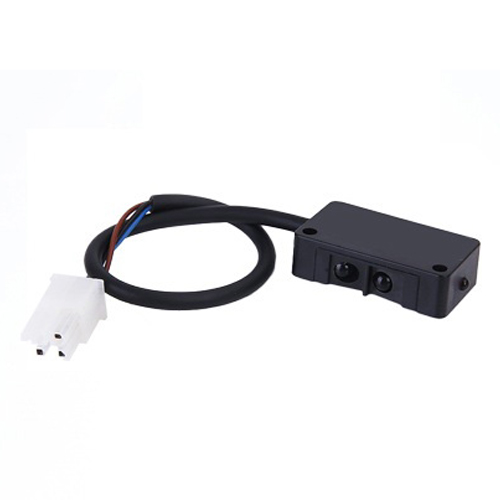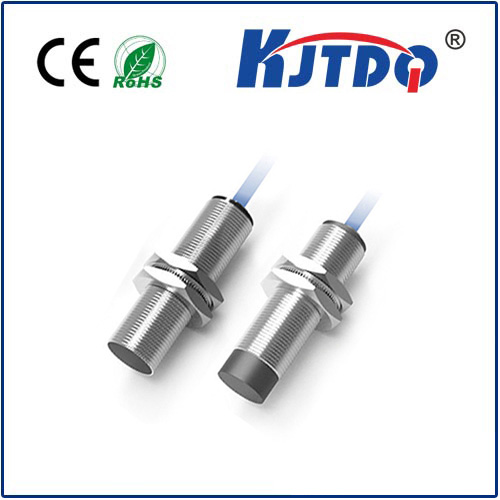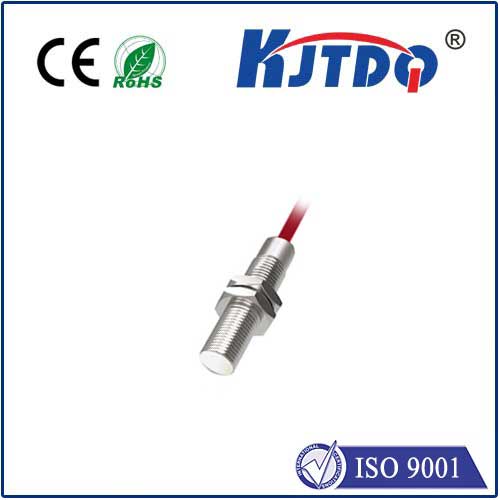proximity sensor cylinder
- time:2025-09-06 02:50:23
- Нажмите:0
Unlocking Precision: The Power and Purpose of the Proximity Sensor Cylinder
Imagine a component silently orchestrating movement on a high-speed bottling line, ensuring robotic arms never collide, or guaranteeing a car door is perfectly sealed before painting. This unseen sentinel, often encased in a robust metallic cylinder, is the proximity sensor cylinder – a cornerstone of modern automation. Far more than just a shape, the cylindrical form factor embodies durability, versatility, and reliable non-contact detection, making these sensors indispensable across countless industries. Let’s delve into why this specific design is so prevalent and powerful.
Beyond the Shell: Understanding the Cylindrical Advantage
The proximity sensor cylinder isn’t defined by its sensing technology alone, but by its physical housing. This characteristic tubular shape, typically made from sturdy materials like stainless steel or nickel-plated brass, offers distinct advantages:

- Rugged Durability: The cylindrical design inherently provides excellent resistance to physical shock, vibration, and impacts commonly encountered in harsh industrial environments (think factories, heavy machinery, mobile equipment). This robust construction ensures longevity and consistent performance.
- Superior Environmental Sealing: Achieving high IP (Ingress Protection) ratings (like IP67 or IP69K) is significantly easier with a cylindrical form. Threaded entries for cables and tightly sealed ends create formidable barriers against dust, dirt, oils, coolants, and even high-pressure washdowns, crucial for food processing, chemical plants, and outdoor applications.
- Simplified Installation & Versatility: The threaded barrel design is a major strength. These sensors screw directly into standard threaded mounting holes, prevalent on machine frames, actuators, and fixtures. This allows for easy adjustment of sensing distance by simply screwing the sensor in or out, and provides a secure, vibration-proof mount. Cylinder sensor mounting is a universally understood and applied concept, speeding up integration.
- Effective Shielding: For inductive proximity sensors (the most common type found in cylinders), the metal housing acts as an integral electromagnetic shield. This focuses the sensor’s electromagnetic field forward, enhancing sensing range and accuracy while dramatically reducing susceptibility to interference from surrounding metal objects or other sensors. This shielding is critical for reliable operation in dense electrical environments.
The Heart of Detection: Inductive Sensing in a Cylinder
While other technologies exist (capacitive, magnetic), the индукционный датчик приближения reigns supreme within the cylindrical housing, especially for metal detection.
- How it Works: The sensor contains an oscillator coil within its tip, generating a high-frequency electromagnetic field. When a metallic target enters this field, it induces small eddy currents on the target’s surface. These currents draw energy from the oscillator, causing its amplitude to decrease. An evaluation circuit detects this change and triggers the sensor’s output signal (NPN or PNP transistor switching).
- Key Cylindrical Benefits:
- Target Focus: The shielded, cylindrical design ensures the electromagnetic field projects primarily axially from the face, leading to precise and directional detection.
- Optimized Sensing Range: Shielding allows the sensor to achieve its maximum rated sensing distance efficiently. Standard ranges vary, but common inductive cylinders offer distances from a few millimeters up to 50mm or more.
- Inherent Insensitivity: The shielding also makes these sensors largely immune to non-metallic objects (plastic, wood, liquids) and most surrounding metallic structures, minimizing false triggers. Non-contact detection means no wear on the sensor or target, ensuring minimal maintenance and long life.
Where the Cylinder Shines: Ubiquitous Applications
The combination of robust construction, easy mounting, reliable inductive sensing, and environmental protection makes the proximity sensor cylinder ubiquitous. Key applications include:
- Machine Automation: Position verification of parts, tooling, clamps, and slides; end-of-travel detection for cylinders and actuators; monitoring spindle or turret positions on CNC machines.
- Перевозка материалов: Detecting the presence or absence of products, pallets, or totes on conveyors; monitoring fill levels in metal containers; controlling sorting gates.
- Automotive Manufacturing: Verifying door, hood, and trunk closure; confirming component positioning (engine blocks, transmissions); robotic weld gun positioning; assembly line sequencing.
- Packaging Machinery: Controlling filling levels in metal cans; detecting caps or lids; confirming case packer operations; ensuring correct label placement.
- Robotics: End effector position confirmation; collision avoidance; tool changer position sensing.
- Process Control: Presence detection of metal rollers or shafts; monitoring valve positions; controlling door interlocks on industrial ovens or enclosures.
Selecting and Implementing Cylindrical Sensors
Choosing the right proximity sensor cylinder involves several factors:
- Sensing Technology & Range: Ensure inductive is suitable for metal targets. Determine the required sensing distance considering installation constraints and target size/material.
- Size & Threading: Cylinder diameters (M5, M8, M12, M18, M30 are common) and thread type (metric standard) must match the mounting hole. Consider space limitations.
- Output Type: Choose between NPN output (sinking) or PNP output (sourcing) to match your PLC or controller’s input requirements. Normally Open (NO) or Normally Closed (NC) switching behavior is also crucial.
- Environmental Ratings: Select the appropriate IP rating (e.g., IP67 for dust and temporary immersion, IP69K for high-pressure/steam cleaning) based on the operational environment and washdown needs.
- Connection: Options include pre-wired cables (various lengths), quick-disconnect plugs (M8 or M12 connectors), or terminal boxes for field wiring.
- Target Material: While inductive sensors detect ferrous metals best, some are specifically designed for non-ferrous metals like aluminum or copper, requiring reduced sensing distance.
The proximity sensor cylinder represents a perfect fusion of form and function. Its robust, threaded design delivers practical installation, exceptional durability, and essential environmental protection. Encased within this reliable cylinder, advanced индукционный датчик приближения technology provides accurate, non-contact detection of metal objects, forming the essential sensory backbone of countless automated systems. From the simplest position check to complex robotic coordination, the unassuming cylinder sensor delivers precision and reliability, day in and day out, proving that great power often comes in a deceptively simple package. Its enduring popularity is a testament to its effectiveness as a fundamental building block of industrial sensing.

